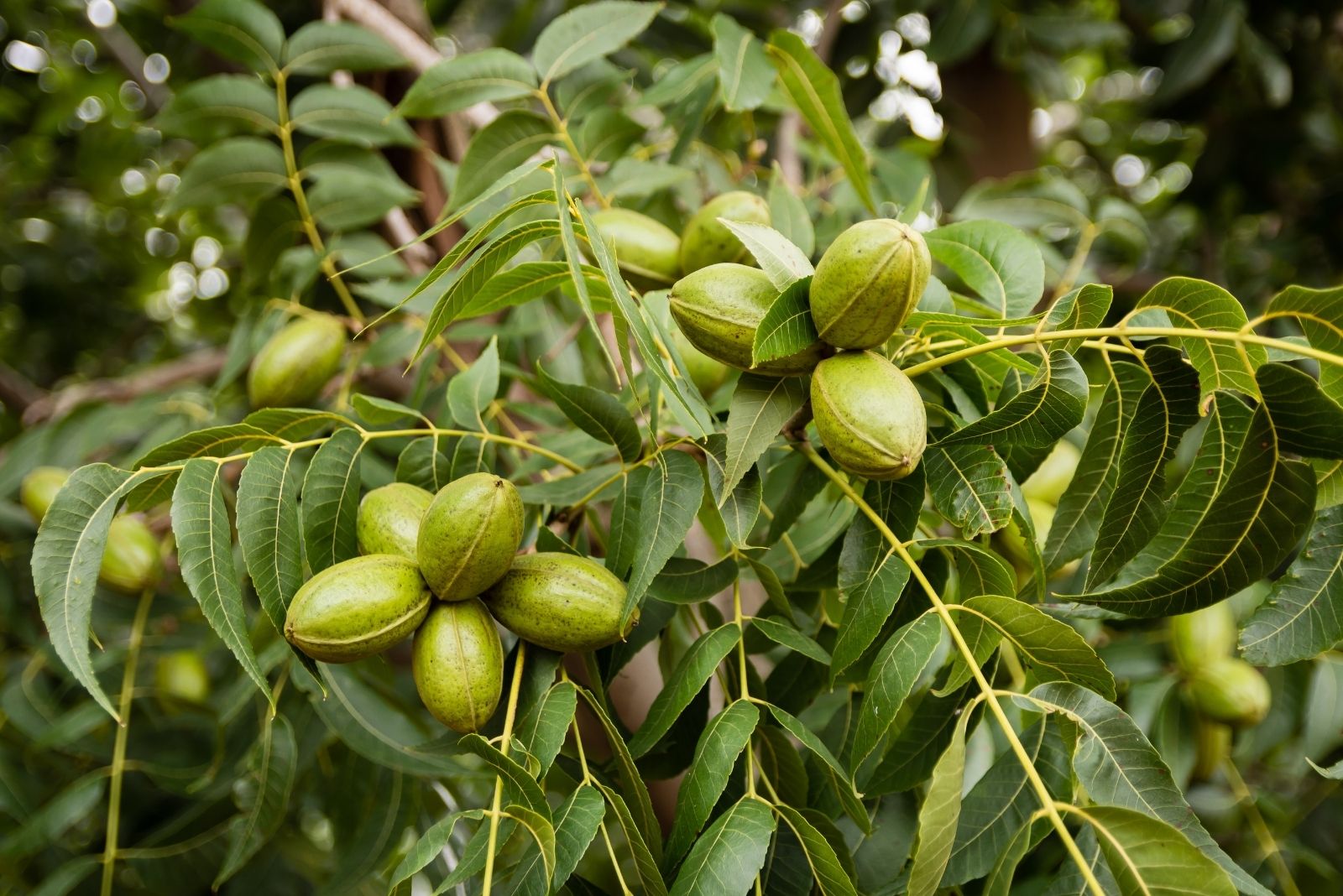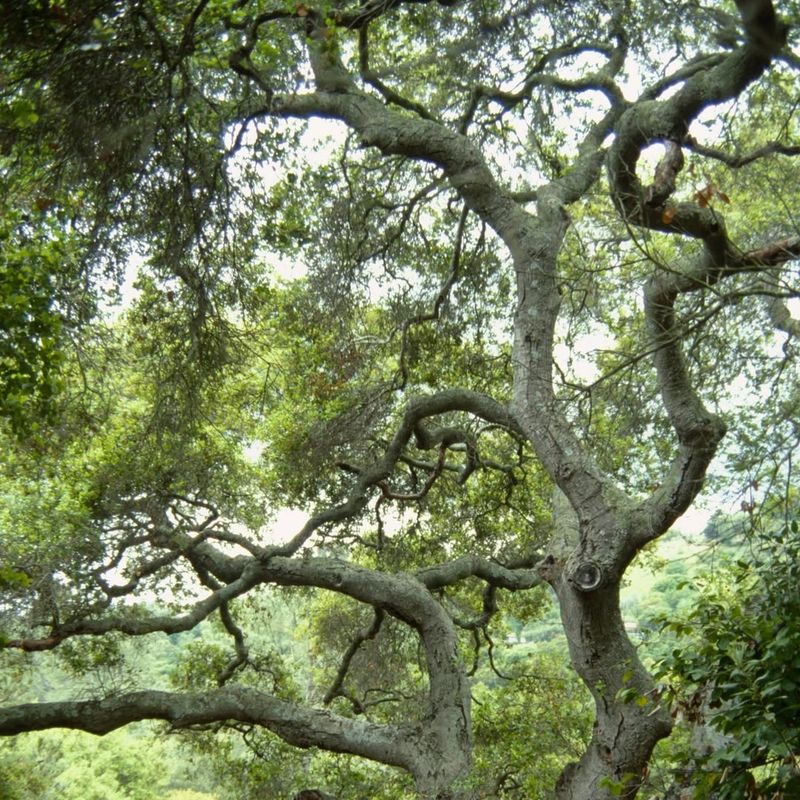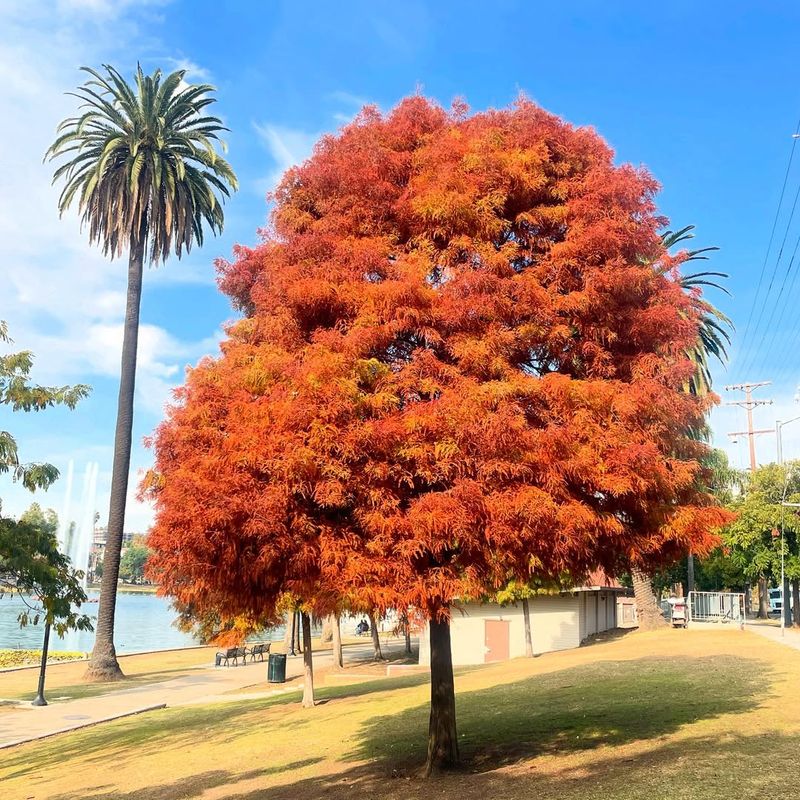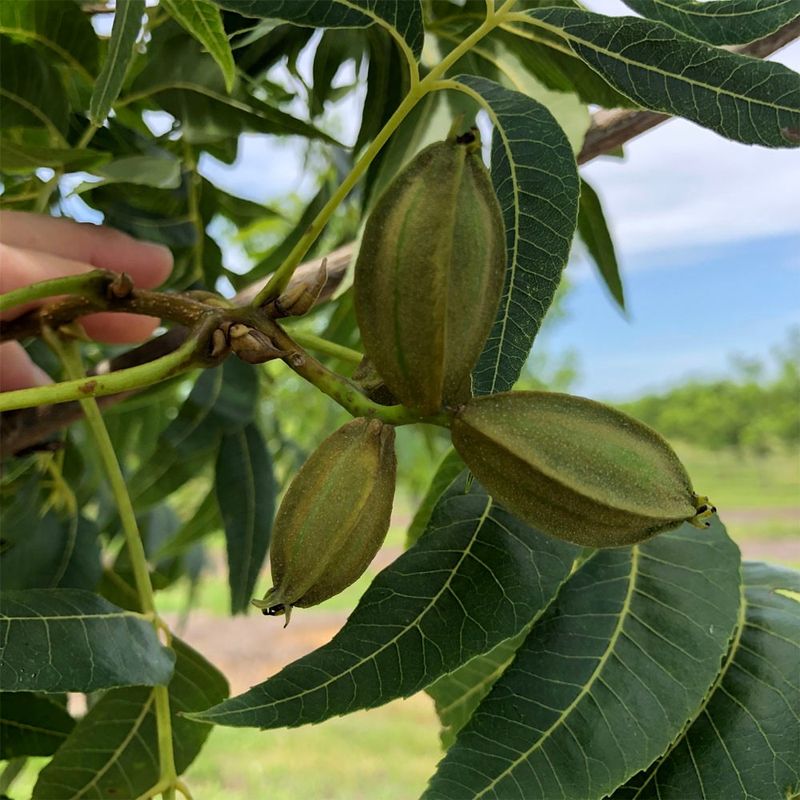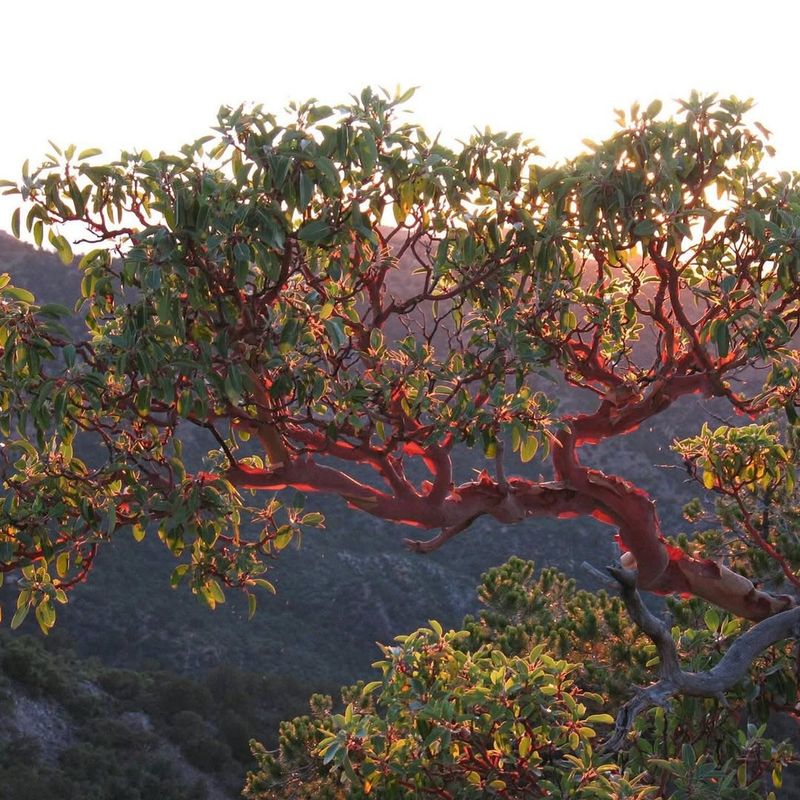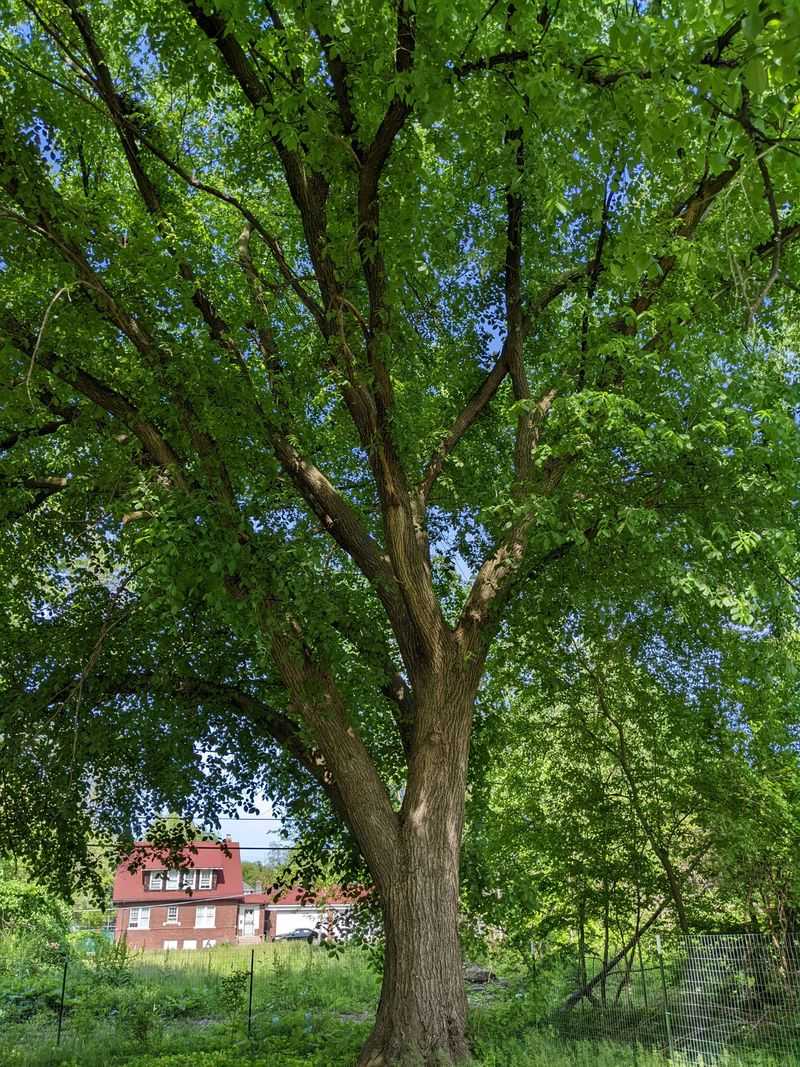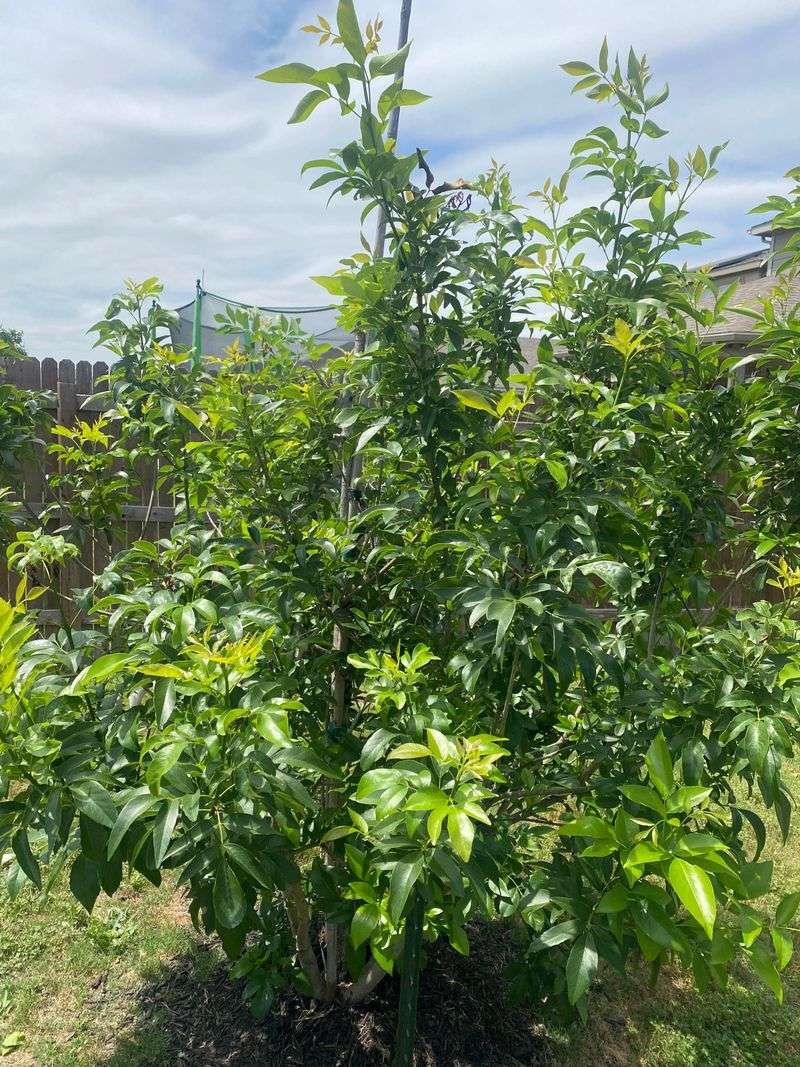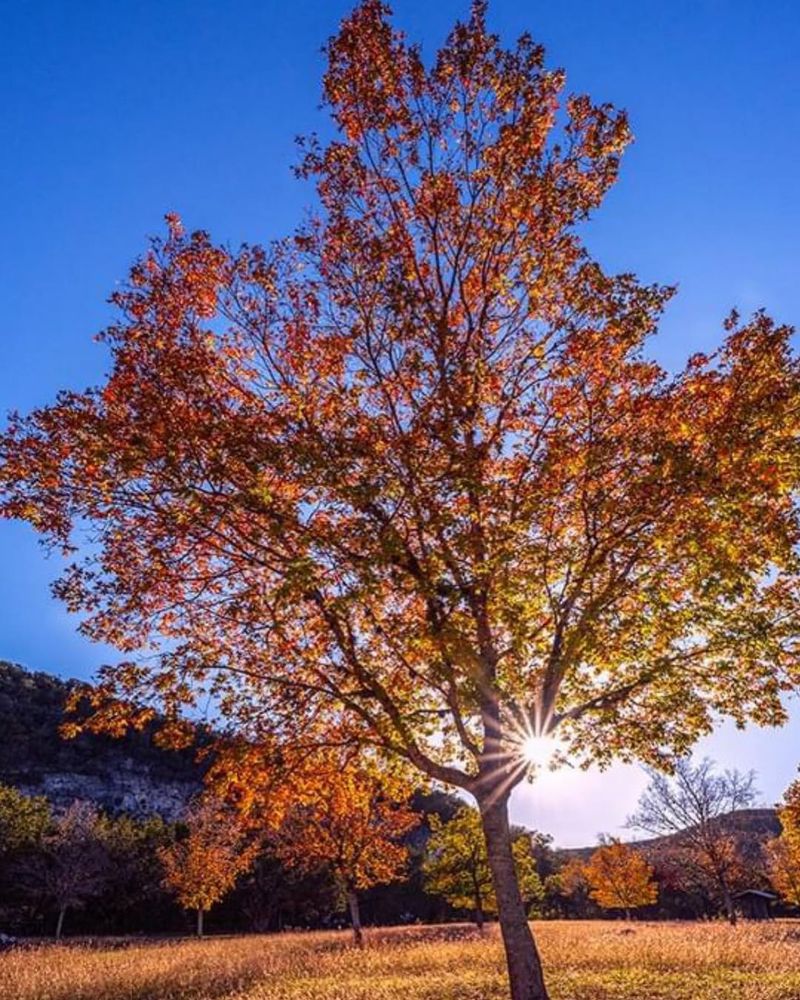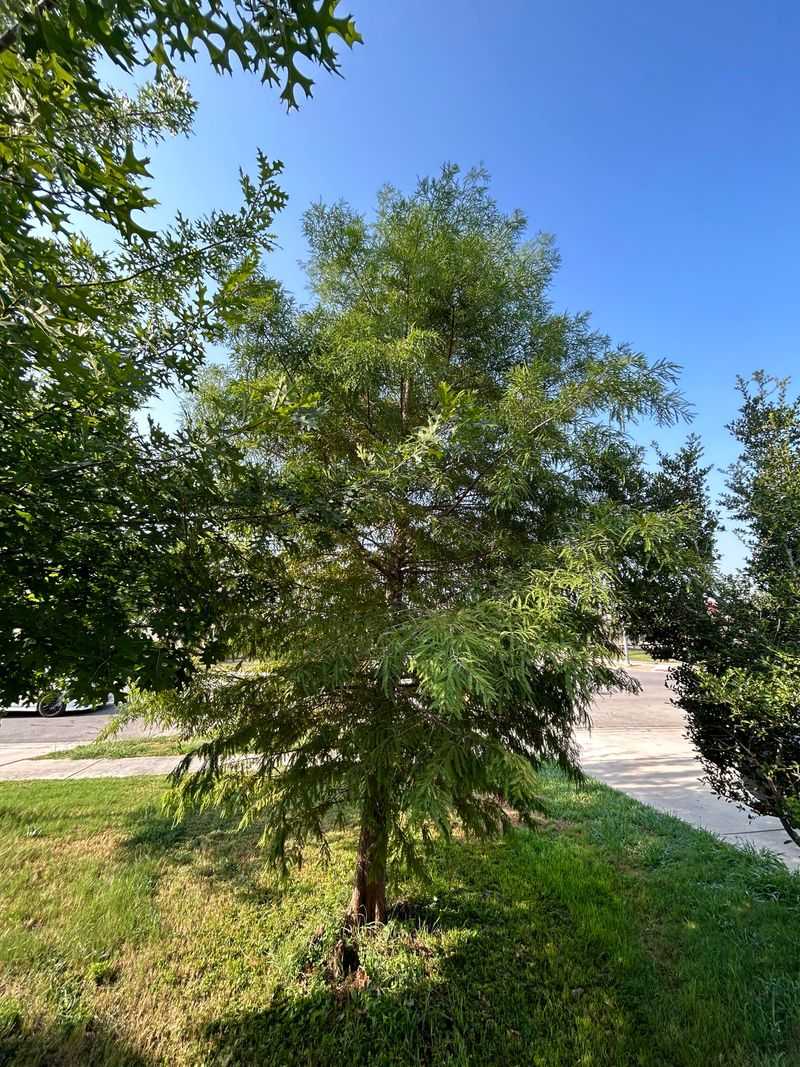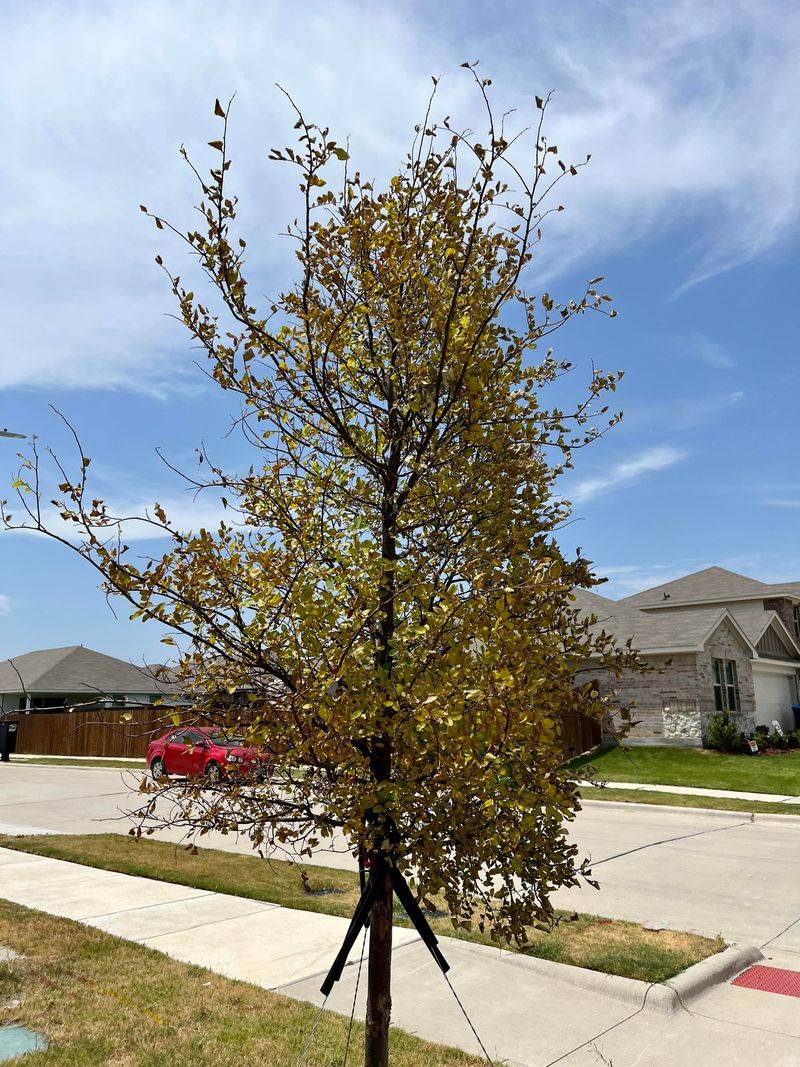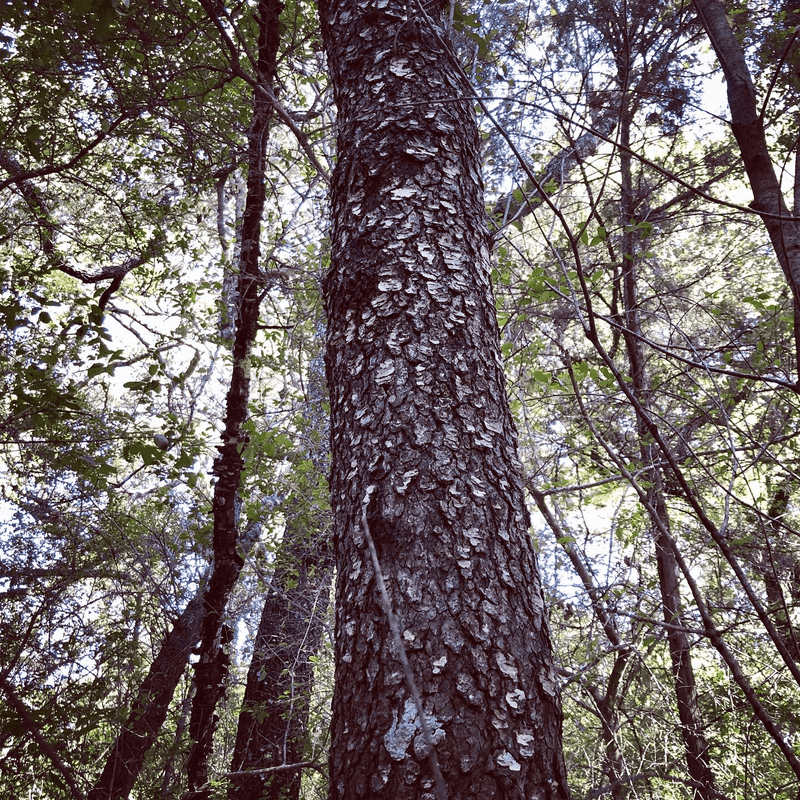Cutting down a tree on your own property might seem like a simple decision, but in Texas, certain species are protected by law. Removing them without proper permits can lead to hefty fines and legal trouble.
Understanding which trees fall under these protections helps homeowners and landscapers avoid costly mistakes while preserving the state’s natural heritage.
1. Live Oak
Standing beneath one of these massive canopies feels like entering a natural cathedral. Their sprawling branches create shade that can cool an entire yard during brutal summer months.
Many Texas cities have strict ordinances protecting them because of their ecological and historical value. I’ve noticed neighborhoods with mature specimens often have higher property values.
Before removing one, you’ll need a permit and often an arborist’s assessment proving the tree poses a genuine safety risk.
2. Bald Cypress
Found along rivers and wetlands, these conifers develop unique knee-like roots that emerge from the water. Their feathery foliage turns a rusty orange each fall before dropping.
Wetland regulations often protect them since they stabilize riverbanks and filter water naturally. Cutting one down near a creek or pond could violate both local and federal environmental laws.
In my own experience visiting East Texas, I’ve seen entire groves that serve as nesting sites for herons and other birds.
3. Pecan
As the official state tree, pecans hold a special place in Texas culture and law. Their nuts feed wildlife and provide income for many rural families.
Removing a healthy pecan often requires documentation and approval from local authorities. Some counties impose fines exceeding several thousand dollars for unauthorized removal.
For me, this law makes sense because these trees can live over 300 years and represent generations of family history on many properties.
4. Texas Madrone
With smooth, cinnamon-colored bark that peels away in papery sheets, this rare beauty grows only in specific Hill Country locations. Its clusters of white flowers attract pollinators each spring.
Limited range and slow growth make it especially vulnerable, so many jurisdictions prohibit cutting them. Landowners must often prove extreme circumstances to get removal approval.
I’ve noticed that properties featuring these trees often market them as unique selling points because of their scarcity and striking appearance year-round.
5. American Elm
Once lining streets across the state, disease has made surviving specimens increasingly precious. Their vase-shaped canopy creates a natural archway over roads and pathways.
Many municipalities protect remaining healthy trees through heritage tree programs. Removing one without authorization can result in fines and mandatory replacement plantings.
During my walks through older neighborhoods, I always appreciate how these survivors connect us to earlier generations who planted them as shade for their grandchildren.
6. Texas Ash
Native to limestone soils, this deciduous tree provides reliable fall color in regions where autumn displays are uncommon. Its compound leaves turn shades of gold and burgundy before dropping.
Protection often applies in areas where native vegetation is prioritized over introduced species. Cutting one may require environmental impact assessments, especially in protected watersheds.
What strikes me most is how these trees adapt to drought conditions better than many imports, making them valuable for sustainable landscaping efforts statewide.
7. Bigtooth Maple
Tucked into canyon areas of West Texas, this rare maple species thrives where most people wouldn’t expect maples to grow. Its leaves display brilliant reds and oranges each autumn.
Limited habitat and climate challenges make it a conservation priority. Landowners in its native range face strict regulations about removal, often needing state wildlife department approval.
Visiting Lost Maples State Natural Area showed me just how special these trees are—entire tourism seasons revolve around their fall display.
8. Montezuma Cypress
Also called ahuehuete, this ancient species can live thousands of years in the right conditions. Its massive trunk and evergreen foliage make it a landmark wherever it grows.
Found primarily along the Rio Grande, these trees often fall under both state and federal wetland protections. Removal without proper permits can trigger investigations from multiple agencies.
In my research, I discovered that some Texas specimens are believed to be over 500 years old, predating European settlement entirely.
9. Cedar Elm
Unlike its spring-blooming cousins, this elm flowers in late summer and fall. Its small leaves and adaptable nature made it a favorite for urban planting decades ago.
Many older Texas towns protect mature specimens through local ordinances because they provide critical urban canopy. Fines for unauthorized removal can include both monetary penalties and required replacement plantings.
What I find interesting is how these trees support native butterfly populations, making their protection part of broader pollinator conservation efforts across the state.
10. Escarpment Black Cherry
Growing along rocky slopes and cliff edges, this cherry species produces small dark fruits that wildlife depend on. Its glossy leaves and white spring blooms add beauty to rugged landscapes.
Habitat specificity and wildlife value earn it protection in many Hill Country jurisdictions. Cutting one often requires proving no reasonable alternative exists for construction or safety concerns.
From my perspective, preserving these trees maintains the character of Texas hill country while supporting songbirds and mammals that rely on their fruit during lean seasons.

